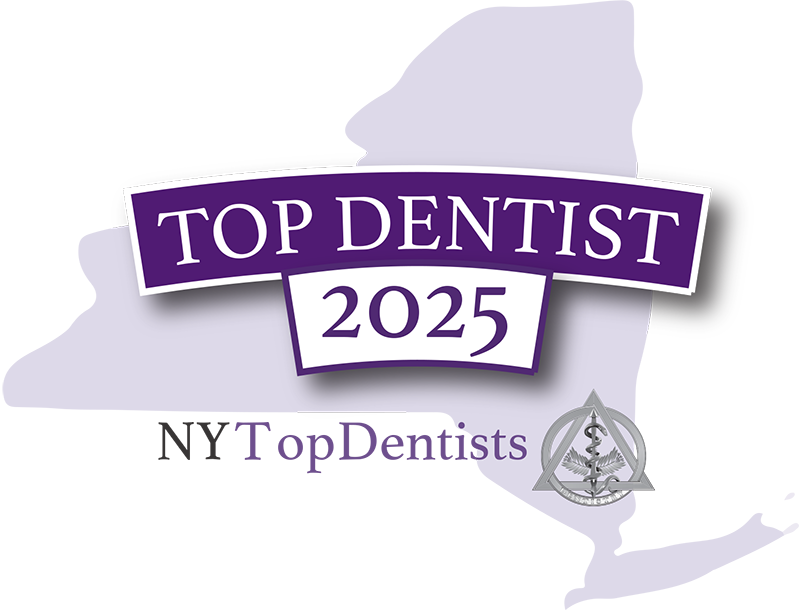This month, Health.com showed us the “10 Best Big Cities for People With Asthma”. Do you know anyone lucky enough to live in any of these towns?
Each year, the Asthma and Allergy Foundation of America (AAFA) ranks the 100 largest metropolitan areas in the U.S. from worst to first, based on how challenging it is for people with asthma to live there. (The areas include major cities and their surroundings.) The AAFA considers a wide range of variables, including asthma rates, air quality, pollen counts, and the number of asthma specialists in the area.
The AAFA emphasizes the 10 worst cities for asthma. But in this slideshow we take a look at the 10 best big cities for asthma. Is your city on the list?
Boise, Idaho #10
Population: 587,689
2008 rank: 11
The estimated asthma rate of this city is higher than the national average, but Boise received good marks for its air quality and low poverty rate.
Poverty is an important asthma risk factor. Although the relationship between poverty and asthma is a very complicated one, people living in poverty are believed to be more vulnerable to asthma in part because they tend to be more exposed to allergens, airborne irritants (such as traffic exhaust), and emotional stress
Portland, Maine #9
Population: 513,102 2008 rank: n/a (too small to be considered) Thanks to its cultural scene, low crime rate, and strong economy, Portland ranked number one on the 2009 Forbes magazine list of America’s Most Livable Cities. People with asthma will find it livable, too. The city features good air quality and strict no-smoking laws in public places. (Tobacco smoke is a potent asthma triggerthat can bring on an asthma attack in some people.
San Francisco, California #8
Population: 4,203,898 2008 rank: 2
The San Francisco Bay area (which includes the cities of Oakland and Fremont) is the largest urban area to make the AAFA’s top 10. Of the 12 criteria considered by the AAFA, San Francisco was rated “below average” in just one, annual pollen score. San Francisco has made fighting asthma a civic priority. In 2001, the city’s Board of Supervisors created an Asthma Task Force—a group of community leaders, health professionals, and asthmatics that works to manage and prevent asthma.
Daytona Beach, Florida #7
Population: 500,413 2008 rank: 4 This sunny seaside city—the smallest in the AAFA’s top 10—is ranked “worse than average” in just one category, the percentage of people without health insurance. The air quality, on the other hand, is above average—as long as you stay away from the Daytona International Speedway, where the Daytona 500 NASCAR race is held each year. Auto exhaust—which contains carbon monoxide, nitrogen oxide, and hydrocarbons—is a major asthma trigger.
Palm Bay, Florida #6
Population: 536,161
2008 rank: n/a Palm Bay is located on the Atlantic Ocean, just 100 miles south of Daytona Beach. Unlike many of the other cities at the top of the AAFA’s list, Palm Bay scored highly on asthma rates and air quality measures (including pollen count). The city’s motto (“A Perfect Place to Grow”) certainly applies to kids with asthma.
Portland, Oregon #5
Population: 2,175,113 2008 rank: 24 Though its asthma rate is above average, it shouldn’t be surprising that this notoriously “green” city boasts clean air and is friendly to asthmatics overall. In 2009, the Rose City vaulted into the AAFA’s top 10 thanks in part to a new smoking ban that prohibits lighting up within 10 feet of a business’s doors or windows.
Colorado Springs, Colorado #4
Population: 609,096 2008 rank: 1 At more than 6,000 feet above sea level, this Rocky Mountain city has easily the highest elevation of any city in the AAFA’s top 10. Though it wasn’t specifically considered by the AAFA, the city’s altitude may make it more asthma-friendly. Research has shown that dust mites—one of the most common asthma triggers—are less widespread at higher elevations due to the low humidity, as are air pollutants such as ozone and traffic exhaust.
Minneapolis, Minnesota #3
Population: 3,208,212 2008 rank: 3 Minneapolis is consistently near the top of the AAFA’s list of best cities for asthmatics. The air quality is above average—but the Twin Cities can get very cold, which may be bad for some asthmatics. Minneapolis averages about 13 degrees in the dead of winter and is known for its strong winds—unpleasant for everybody but particularly troublesome for asthmatics. Cold, dry air can cause spasms in the bronchial tubes, the lung passageways that become chronically inflamed in people with asthma.
Seattle, Washington #2
Population: 3,309,347 2008 rank: 9 Seattle got solid marks overall from the AAFA, but it wasn’t perfect. Unlike most of the cities on this top 10 list, Seattle earned only an “average” score for its air quality. Fortunately, that may improve. In August 2008, after a 90-degree heat wave and light winds caused smog, ozone, and other pollutants to accumulate over the city, Seattle violated the Clean Air Act for the first time since the 1990s. As a result, state and local officials were required to prepare a plan to improve air quality.
Cape Coral, Florida #1
Population: 590,564 2008 rank: 5 Located on the Gulf of Mexico, the fast-growing Cape Coral metro area (which also includes the city of Fort Myers) jumped four spots to become the best place for asthmatics on the AAFA’s list. Three cities in Florida appear in the top 10, interestingly enough. Although heat and humidity can aggravate asthma symptoms in some people, the Sunshine State’s near-tropical climate actually provides relief for some asthmatics.

